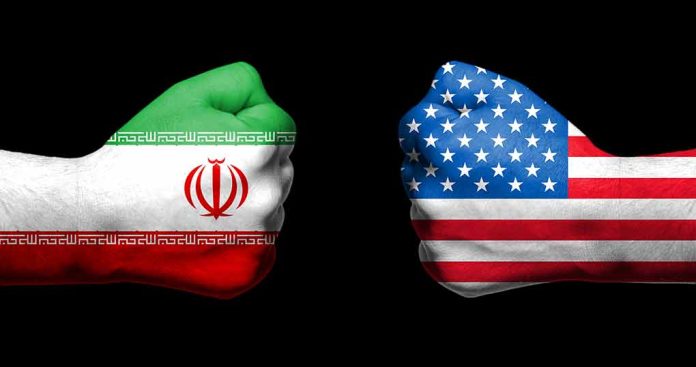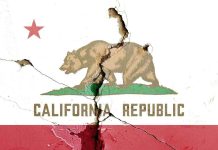
Iran faces escalating challenges due to Donald Trump’s potential return to stringent policies, impacting its regional sway and economic stability.
At a Glance
- Donald Trump plans to revive a maximum pressure strategy against Iran.
- Iran’s geopolitical stability is threatened, with regional allies and conflicts impacting its influence.
- The effectiveness of U.S. sanctions is uncertain against the backdrop of actions by China and Russia.
- Potential military action against Iran looms if diplomatic solutions fail.
- Internal divisions within Trump’s team may complicate negotiations further.
Reviving Maximum Pressure
Donald Trump intends to return to the maximum pressure approach towards Iran, aiming to constrain the development of its nuclear and ballistic missile initiatives. The campaign will entail expanding and enforcing sanctions, targeting broader facets of Iran’s regional influence. This strategic maneuver remains debated among international stakeholders, with allies like China and Russia likely undermining it through their geopolitical pursuits, potentially destabilizing the effectiveness of Trump’s policies.
Despite facing intense economic pressures, Iran continues its nuclear and missile pursuits unabatedly, showing resilience against external forces. It has not revisited negotiations, leaving the possibility of diplomacy in limbo. Geopolitical tensions have intensified, fueled by regional conflicts and military actions, notably from Israel. These elements could either push Iran towards negotiation or further isolate it.
President-elect Donald Trump wants a deal to curb Iran’s nuclear program and faces a big decision if he cannot get it, writes @JamesMLindsay. https://t.co/PY4ctaEdjG
— Council on Foreign Relations (@CFR_org) January 4, 2025
The Complex Geopolitical Landscape
Iran’s current geopolitical stance has been compromised by ongoing regional conflicts and external interventions, such as Israeli military actions. These pressures might pave the way for Iran to reconsider nuclear talks, as maintaining its regional leverage becomes increasingly challenging. Existing conflicts have weakened Iran’s relations with proxy groups like Hezbollah and the Houthis, groups that are pivotal for its influence.
The potential return to stringent policies elevates the stakes, with military action against Iran being a potential consideration if diplomatic routes falter. The dynamics within Trump’s team also pose a challenge, as internal disparities could hinder coherent negotiation efforts. However, the repercussions of re-engaging in aggressive strategies are complex, requiring judicious consideration of regional impacts and international diplomacy.
Potential Outcomes and Strategic Considerations
The reimplementation of maximum pressure is not without complications. It remains uncertain how effective these renewed sanctions may be, considering anticipated resistance from countries like China and Russia. These nations are likely to continue their strategic partnerships with Iran, undermining U.S. sanctions and complicating the geopolitical landscape further. Iran is likely to strategize to uphold its regional role amidst these pressures.
Ultimately, as Iran navigates these challenges, it will become critical to maintain its regional position while potentially avoiding further international isolation. Diplomatic solutions and strategic planning may be necessary to balance these pressures and uphold Iran’s stand amidst an increasingly turbulent geopolitical environment.





